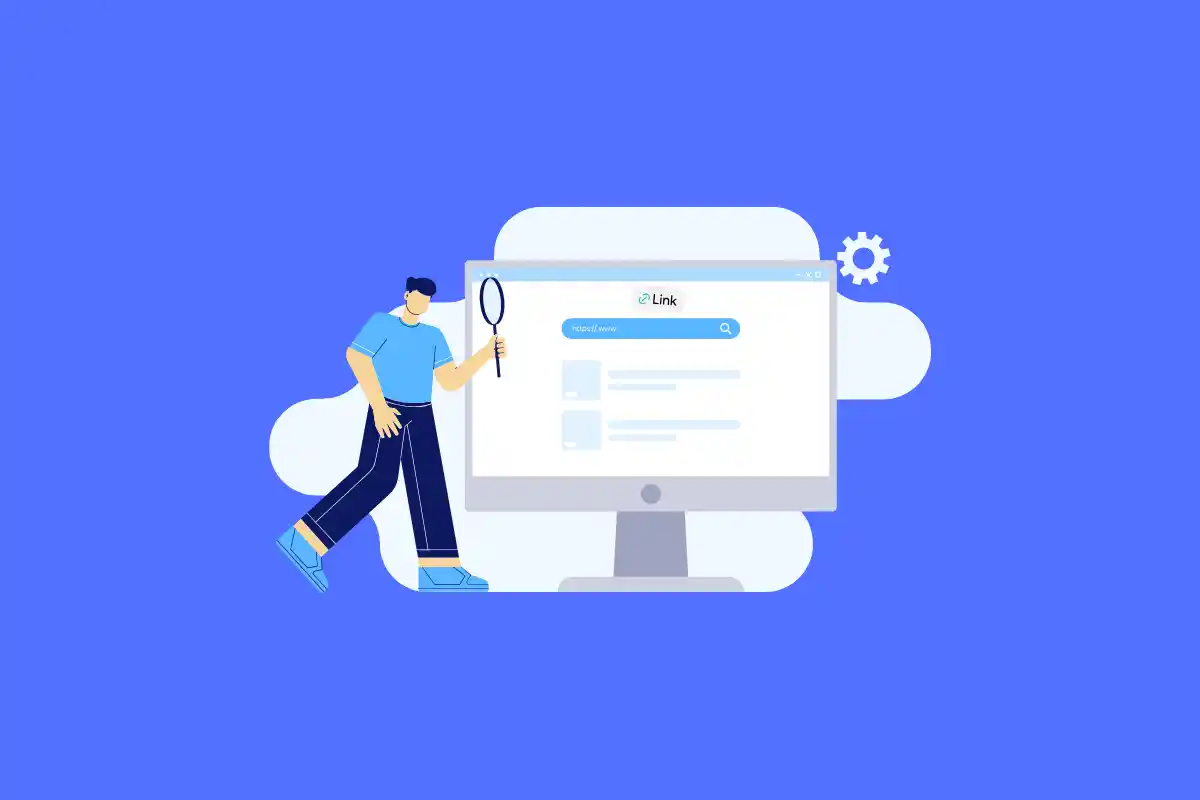Link building has long been a cornerstone of SEO, but not all links are created equal. Contextual link-building is a particularly effective strategy for improving search rankings and driving targeted traffic.
Unlike generic links placed in sidebars or footers, contextual links are embedded within the content itself.
These links appear natural, providing value to users while signaling relevance and authority to search engines.
In this blog, we’ll explore what contextual link building is, how it works, and why it’s so powerful.
We’ll also cover interlinking strategies, best practices, and tips to optimize your link-building efforts.
Table of Contents
What Is Contextual Link Building?
Contextual link building is the practice of acquiring backlinks that are embedded within the main body of content on a webpage.
These links are placed to complement the surrounding text, creating a seamless and natural reading experience.
For example, suppose a blog post about “healthy eating habits” includes a link to an article about “top superfoods.” The link here feels relevant and helpful to the reader.
This relevancy is what makes contextual links so effective. They provide value to users while helping search engines understand the relationship between linked content.
Contextual links can come from various sources, including guest posts, editorial mentions, and niche-relevant content collaborations.
These links are naturally embedded. Hence, they often carry more weight in search engine algorithms than non-contextual links, like those in footers or sidebars.
Example of Contextual Link Building
Imagine a blog post titled “5 Best Destinations for Adventure Travel.” Within the text, there’s a sentence like-
“For adrenaline junkies, skydiving in New Zealand is an experience of a lifetime.”
The phrase “skydiving in New Zealand” links to another high-quality page offering a guide to skydiving locations in New Zealand.
This is a contextual link because it provides value to the reader by directing them to more detailed information while staying relevant to the topic.
Understanding Contextual Interlinking
Contextual interlinking refers to the practice of linking internal pages within your own website through relevant content.
This helps users navigate your site more effectively while signaling page relationships to search engines.
For example, a blog post about “content marketing strategies” might include a link to a related post about “SEO content optimization.”
These links guide readers to other valuable resources. Thus, it can improve user experience and increase time spent on your site.
Additionally, contextual interlinking strengthens your site’s architecture by distributing link equity. It helps search engines understand the hierarchy and relevance of pages.
These enhance your overall SEO efforts. A thoughtful internal linking strategy is crucial for optimizing both user experience and rankings.
Benefits of Contextual Link Building
Contextual link building offers unique advantages that go beyond traditional link-building methods.
Contextual links drive long-term SEO success by focusing on relevance and user experience. Let’s explore the key benefits-
Improved SEO Performance
Search engines highly value contextual links because they help establish content relevance. Links placed within well-written, related content signal to search engines that the linked page is a credible resource.
This boosts rankings for targeted keywords and improves your site’s overall domain authority.
Higher Click-Through Rates (CTR)
Links embedded in engaging content naturally attract more clicks. Readers are likelier to follow a link when it flows seamlessly within the topic’s context.
This improved CTR not only drives referral traffic but also signals to search engines that your links provide value to users.
Enhanced User Experience
Contextual links guide users to additional resources that enhance their understanding of a topic.
For example, linking to a related how-to guide within a blog post ensures users find helpful information easily. It creates a more satisfying experience.
A better user experience often leads to longer time-on-site and lower bounce rates.
Builds Trust and Authority
When your content is linked from credible sources, it signals to both search engines and users that your site is trustworthy.
Over time, this builds your brand’s authority within your niche. High-quality contextual links serve as endorsements, showcasing your content’s value.
Supports Content Discoverability
Contextual links naturally promote your content, ensuring it reaches a broader audience.
Securing links from industry-relevant blogs or websites exposes your content to readers genuinely interested in your niche. This amplifies your reach and drives sustained traffic.
Long-Term SEO Impact
Unlike low-quality backlinks that may face penalties, contextual links are a sustainable strategy.
Their relevance and placement within valuable content ensure their effectiveness over time. This provides a lasting boost to your rankings and organic visibility.
Long-Term Effects of Contextual Link Building
Contextual link building has compounding benefits that strengthen your SEO strategy over time. These links contribute to higher domain authority, which improves your site’s ability to rank for competitive keywords.
As you acquire more contextual links, your content becomes associated with authoritative sources in your industry. This builds credibility, leading to sustained organic traffic growth.
Moreover, contextual links naturally support content marketing by exposing your resources to new audiences. It further boosts engagement and conversions.
In the long run, contextual link building establishes your website as a trusted resource, creating a foundation for scalable SEO success.
How Search Engines Assess Contextual Links
Search engines, notably Google, value contextual links because they provide meaningful connections between content. These links help algorithms understand a page’s relevance and importance.
Context matters. Search engines analyze the surrounding text and overall quality of the content where the link is placed.
Links from high-authority, niche-relevant sources carry more weight than generic or irrelevant ones. Additionally, natural anchor text improves link credibility and prevents over-optimization penalties.
Google Algorithm or Updates That Highlights Contextual Links
Google’s algorithms, like Penguin, have evolved to prioritize link quality and relevance. For instance, the Penguin update penalized sites with manipulative backlinks, pushing contextual links into focus.
Algorithms now reward well-placed, naturally integrated links, ensuring they continue to hold significant value in SEO.
Best Practices for Contextual Link Building
Effective contextual link building requires a thoughtful and strategic approach.
These best practices will help you deliver maximum SEO benefits while maintaining quality and relevance.
Prioritize High-Quality, Relevant Content
The foundation of any contextual link-building strategy is valuable content. Links placed within-
- Well-researched
- Engaging and,
- Niche-specific
-content are more likely to attract clicks and satisfy search engine algorithms.
Create content that naturally complements the linked resource, whether it’s an internal page or an external partner’s site.
Focus on Relevance
Relevance is critical for contextual link success. Ensure the sites and pages you target for links are directly related to your industry or topic.
For example, a fitness blog linking to a health supplement guide is more impactful than an unrelated link from a generic website.
Use Natural and Varied Anchor Text
Anchor text should blend seamlessly with the surrounding content. Avoid over-optimized phrases and instead use natural variations that make sense in the context.
For example, use descriptive phrases like “top running shoes for beginners” rather than generic terms like “click here.”
Balance Internal and External Links
Include both internal and external links in your content. Internal links improve site navigation and help distribute link equity across your pages. Meanwhile, external links to authoritative sites strengthen credibility and relevance.
Target Authoritative Sources
Aim to secure links from high-authority websites within your niche. These links carry more weight with search engines and enhance your site’s reputation.
Use tools like Ahrefs or Moz to assess a site’s domain authority before pursuing a link.
Monitor Link Quality
Regularly audit your link profile to ensure links remain relevant and free from spammy practices.
Tools like SEMrush or Linkody can help track link placements and detect low-quality links that might harm your site.
Best Tools for Contextual Link Building
Selecting the right tools is essential for successful contextual link building. Here’s a detailed look at some of the best tools and how they can enhance your efforts-
Ahrefs
Ahrefs is a comprehensive SEO tool that excels in backlink analysis. Use it to:
- Identify high-quality linking opportunities by analyzing competitor backlinks.
- Evaluate the domain authority and relevance of prospective sites.
- Monitor the performance of your existing contextual links.
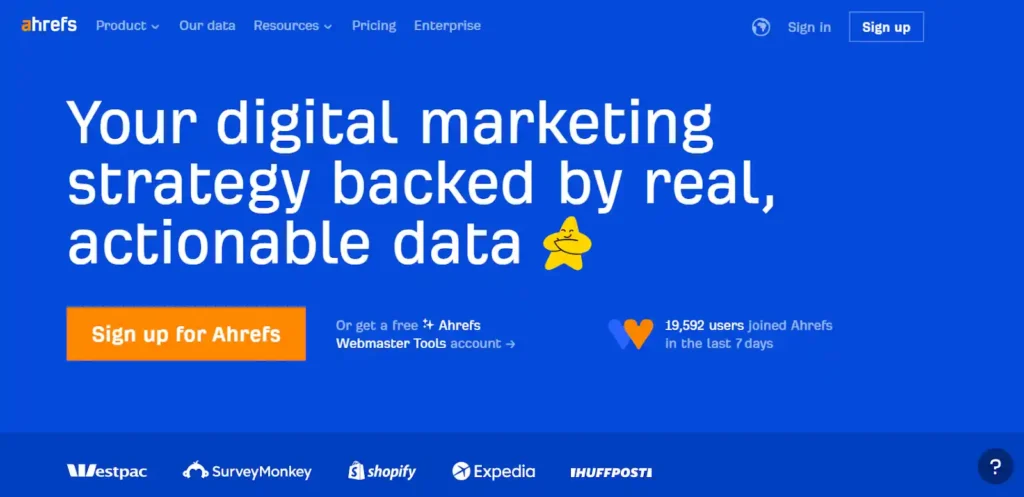
Ahrefs also provides keyword and content insights, helping you craft link-worthy material.
BuzzStream
BuzzStream simplifies outreach campaigns, a vital aspect of contextual link building. It allows you to:
- Build and manage a database of prospects for guest posting or collaborations.
- Personalize outreach emails for higher response rates.
- Track communications and measure campaign effectiveness.\
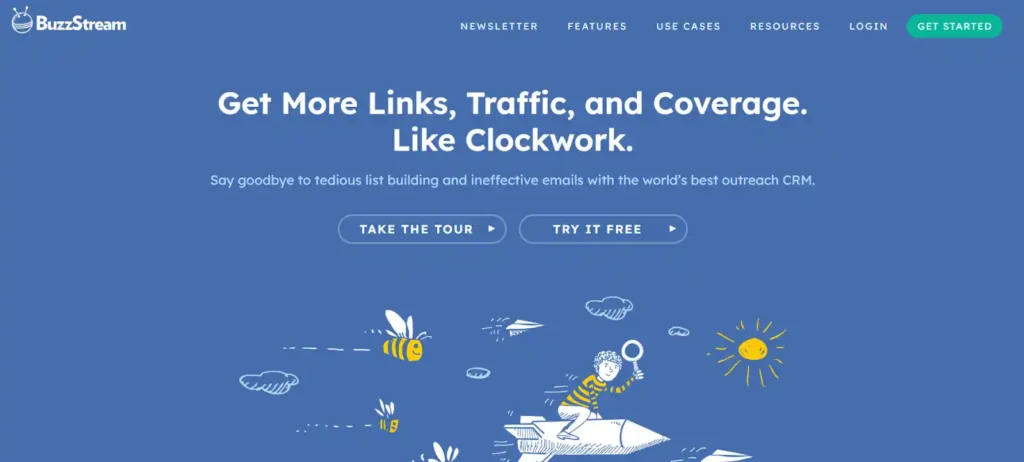
Its streamlined interface saves time and improves outreach success rates.
Linkody
Linkody is ideal for tracking and managing backlinks. Its key features include:
- Automated alerts for lost or broken links.
- Link quality assessments to identify harmful backlinks.
- Visual reports to monitor the health of your link profile.
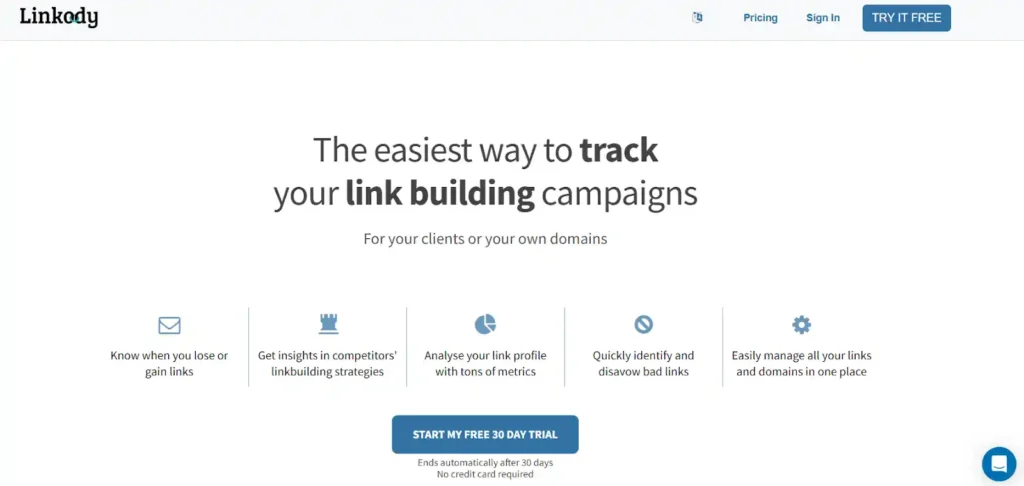
This tool ensures you maintain a strong, high-quality link portfolio.
Hunter.io
Hunter.io simplifies finding contact information for link outreach. Use it to:
- Identify email addresses associated with targeted domains.
- Verify the accuracy of contact details.
- Integrate with outreach tools like BuzzStream for seamless campaigns.

It’s a powerful resource for securing valuable contextual link opportunities.
SEMrush
SEMrush offers robust features for both link building and content creation. Its functionalities include:
- Analyzing competitor strategies for contextual linking opportunities.
- Discovering link-building prospects through its “Backlink Gap” tool.
- Tracking the impact of acquired links on rankings and traffic.
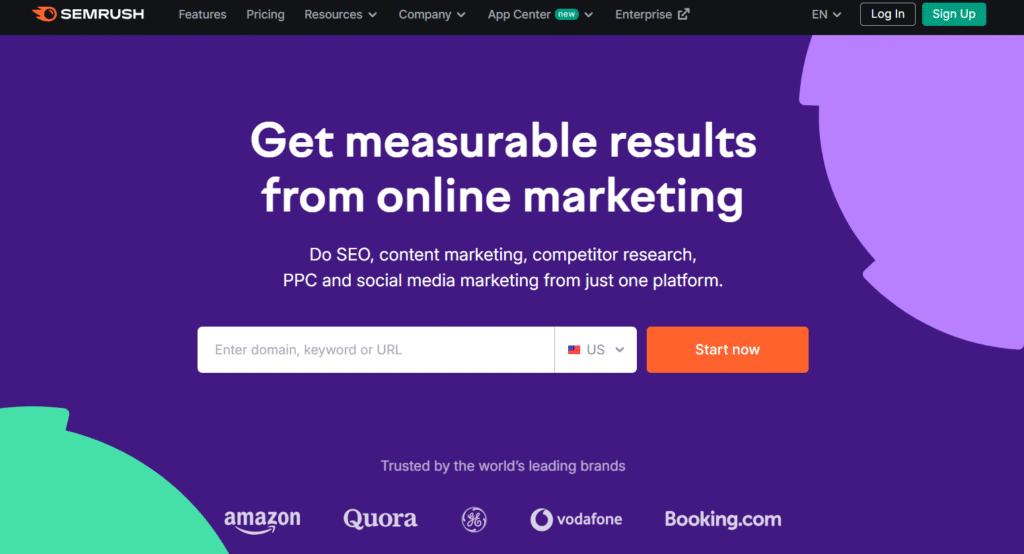
These tools collectively provide the resources and insights needed to execute effective contextual link-building strategies.
They also help you stay organized and data-driven in your SEO strategies.
Common Mistakes to Avoid
Avoiding common mistakes is crucial for a successful contextual link-building strategy. Here are pitfalls to steer clear of-
- Over-Optimized Anchor Text: Using overly keyword-stuffed or repetitive anchor text can trigger penalties from search engines.
- Low-Quality or Irrelevant Links: Links from spammy, irrelevant, or low-authority sites can harm your SEO instead of helping it.
- Too Many Links in One Article: Overloading content with excessive links can appear unnatural and dilute their value.
- Ignoring Relevance: Placing links in unrelated content diminishes their impact and risks damaging your credibility.
- Neglecting Internal Links: Focusing solely on external links without interlinking your own content misses opportunities to improve site navigation and authority.
- Failure to Monitor Link Performance: Not tracking links for quality and performance can lead to missed opportunities or unnoticed harmful links.
Special Tips for Contextual Link-Building Success
In addition to the best practices we have mentioned, you can try the following tips for a more strategic approach. They will especially be useful if you are considering in-house SEO.
Leverage Blogger Outreach
Building relationships with bloggers in your niche can open doors to valuable contextual links.
Reach out to credible blogs with high domain authority and offer to collaborate through guest posts, sponsored content, or partnerships.
For example, pitch unique and relevant content ideas that align with their audience’s interests. Make your outreach personalized. Mention specific details about their blog to show genuine interest.
Tools like BuzzStream can help you manage and track your outreach efforts. It can ensure higher response rates and better results.
Utilize Social Media for Link Opportunities
Social media platforms can amplify your link-building efforts. Share your content regularly to attract attention from influencers and bloggers who might naturally link to it.
Engage with niche-specific communities on platforms like Twitter or LinkedIn. Join discussions, share insights, and build relationships.
These interactions can lead to organic linking opportunities as your authority in the niche grows.
Focus on Evergreen Content
Evergreen content continues to attract links over time. Create high-quality, in-depth resources such as how-to guides, industry reports, or case studies that remain relevant for years.
Promote these pieces consistently, and they’ll serve as a magnet for contextual links. Make sure they’re well-optimized with-
- Clear headings
- Actionable insights and,
- Engaging visuals
-to maximize their impact.
Repurpose Existing Content
Repurposing content into different formats, such as infographics, videos, or slide decks, can increase its linkability.
Visual content is particularly effective for earning contextual links from blogs or websites looking to add multimedia value to their content.
For instance, transform a data-heavy blog post into an infographic that’s easy to embed. Share these assets widely to attract organic links from relevant sources.
Stay Consistent with Outreach and Monitoring
Link building is a continuous process. Consistently reach out to new prospects and monitor the performance of existing links. Regular efforts ensure your link profile remains strong and sustainable.
Ready to take your contextual link building to the next level? Partner with RankPa for expert-driven solutions tailored to your SEO goals. Let’s build smarter, stronger, and more impactful links—get started today!
Final Thoughts
Contextual link building is a powerful way to boost your site’s SEO and drive sustainable growth. Focusing on relevance, quality, and consistency can create a strategy that yields lasting benefits.
If managing link building feels overwhelming, consider outsourcing it. Explore our detailed guide on outsourcing link building to streamline your efforts and achieve even better results.

